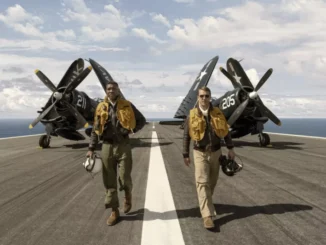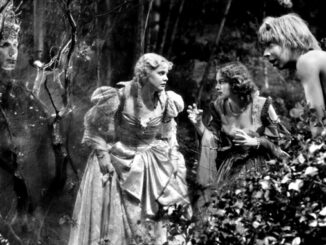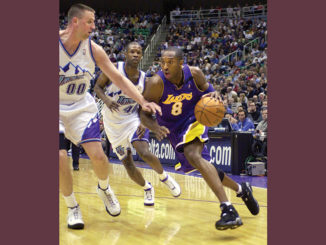
by Cece Hall, MPSE
I grew up in St. Louis, Missouri, hardly the cinema capital of the world. Fortunately, my mother dragged me along to all the movies she went to see––mostly foreign––and I fell in love at an early age. In the mid-‘60s, my boyfriend went to London to study at the London School of Film Technique and I tagged along. Although my mother says I always talked about being a film editor, living in London was the first time I actually realized that one might be able to make a living working in film.
I moved to Los Angeles in 1969, without having any relatives in the film business or knowing anyone working in film–– and without a clue on how to get a job. Luckily, my aunt and uncle lived in LA, so at least I had a place to stay. Eventually, I found a job working in a film lab; I lied and said I had experience assembling film.
Soon I began working as a negative cutter. Eventually, I was hired to cut trailers and re-edit foreign films for US distribution. Since there was never any sound budget, I started doing the work myself and discovered that I enjoyed it.
Then, other editors began hiring me to do their sound work. In those days, we were still cutting magnetic tracks on Moviolas; many picture editors had neither the time nor the inclination to do sound. Every sound effect had to be cut by hand and built on 35mm reels, involving time and effort. I had always wanted to join the Guild and, after having qualified by working 30 days on a non-union show, I joined in 1976 during an “open period.”
One of the picture editors for whom I did sound liked what I did and asked if I would consider working at Paramount Pictures. The editor was George Watters, Sr., an executive in television post-production at the studio. I wasn’t sure I was ready for the big time, but George arranged an interview with the head of the sound department, Howard “Baldy” Beales, and my destiny was sealed.
Over the years, as I progressed from sound editor to supervisor, among the things of which I am most proud are my efforts in hiring as many women as possible.
At Paramount, there were 26 men working in the sound department, and I was the only woman. Apart from some politically incorrect jokes, and quite a bit of harmless mischief, I got incredible support from everyone, especially “Baldy” and Paul Haggar. Over the next several years, I worked on Mork & Mindy, Happy Days, Laverne & Shirley and Star Trek: The Motion Picture. Frank Warner and Alan Splet had always inspired me with their work, so when Richard Anderson asked me to work on Star Trek, it was my first opportunity to try my hand at developing sound design to fantastic visual effects.
One of the first shows I did was Beverly Hills Cop with picture editor Billy Weber, from whom I learned a great deal. In addition to being a lot of fun, he was also very supportive. This experience would be repeated many times over. As I worked with various directors and producers––Tony Scott, Jerry Bruckheimer, Scott Rudin––and film editors––Dede Allen, ACE; Richie Marks, ACE; and Dennis Virkler, ACE. These relationships and working experiences began to carry me from one show to another. For this reason, no projects should ever be viewed as too small or unimportant.
Several years later, Billy was hired on another Bruckheimer project. Based on our previous working experience with Billy and Jerry, George Watters, Jr. and I were hired as the sound crew on Top Gun and received our first Academy Award nomination. Working with Virkler on another project, we were lucky to be nominated again, and luckier still to later win the Oscar for Best Sound Effects Editing on The Hunt for Red October.
Over the years, as I progressed from sound editor to supervisor, among the things of which I am most proud are my efforts in hiring as many women as possible. Additionally, I joined the Motion Picture Sound Editors’ Board of Directors, eventually becoming the first woman president in 1984, and also served on the Executive Committee of the Sound Branch of the Academy of Motion Picture Arts and Sciences.
In 1992, I became an executive and led Paramount’s sound department into the digital age, providing electronic training to everyone who wanted to make the transition. In 1995, at the suggestion of Marks (with whom I had worked on Terms of Endearment), I began teaching sound design at UCLA, which I am still doing today and find incredibly rewarding.
As I say goodbye to Paramount, I look forward to my teaching and working on an occasional project. When I first started, I had no idea I would be so fortunate to work with so many talented and generous individuals––to make a living at something I love to do and find so creatively satisfying.





